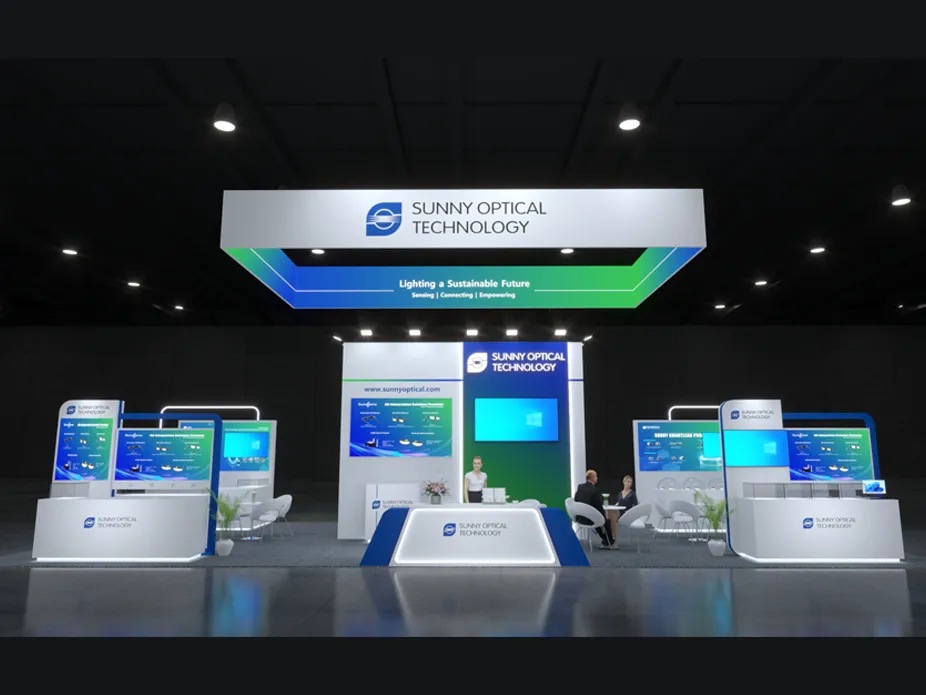As an important component of ADAS sensors, vehicle lenses are experiencing rapid growth in the overall market. When it comes to vehicle lenses, people's attention may be more focused on the current industry's big problem of CMOS sensor and chip semiconductor shortage. Today, let's discuss one of the details, the hard requirements of the OEM: "automotive grade" vehicle lens products.
Generally speaking, "automotive grade" is synonymous with quality, which means strict product performance. This is because in the application of various products, automotive products will encounter various extreme environments, such as ultra-high temperatures caused by sunlight in summer, ultra-low temperatures in the tens of degrees below zero in the north in winter, rain, and high-pressure car washing damage.
In addition, automotive safety involves the life safety of drivers and passengers. Therefore, "Automotive Grade" must ensure that the product can be used normally in these extreme environments. As the most professional vehicle lens manufacturer, we would like to share some information about automotive-grade vehicle lenses.
For car camera products, the basic Automotive Grade generally includes the following seven aspects:
Temperature resistance: it needs to work normally in the range of -40℃ to 85℃ and be able to adapt to temperature changes;
Shock resistance: Vehicles produce strong vibrations when driving on uneven roads, so they must be able to withstand various intensities of vibration;
Waterproof: vehicle lenses must have strong waterproof performance and be able to work normally after being soaked in rainwater for several days;
Service life: The service life must be at least 8 to 10 years to meet the requirements;
High dynamic range: The high-speed movement of the vehicle, combined with the rapid and frequent changes in the light environment facing the camera, requires the camera's CMOS to have high dynamic characteristics;
Low noise: It can effectively suppress noise in low-light conditions, especially for side-view and rear-view cameras that can capture clear images even at night.
These are just general requirements. For different application environments, more detailed requirements will be needed. For example, for surround vision, an ultra-wide angle of at least 135 is generally required. It is understood that 210 has also been applied.
As the core optical component of the camera, vehicle lenses have some differences in optical performance in different positions, in addition to the basic requirements for tolerance to extreme hot and cold environments, service life, and waterproof and dustproof performance.
Front-view automotive lenses (including ADAS and autonomous driving sensors)
This vehicle lens is mainly used for lane departure warning, intelligent high beam control, forward collision warning, speeding warning, ACC cruise, and other scenarios.
The optical requirements for it are:
Continuous and stable focusing characteristics and thermal compensation characteristics, which can remain stable under different temperature conditions;
High-pass light characteristics, ensuring good imaging results under low-light conditions;
Clear imaging effect, able to effectively capture and distinguish object details;
Glare and ghost control should be able to improve glare interference from headlights and other front lights.
Rear-view/surround-view vehicle lenses
The rear-view sensor is used for parking assistance and automatic parking, and the surrounding view sensor broadens the vision of the rear-view camera and can present the complete body environment and do some simple recognition.
The requirements for the lens of the rear-view and surround-view sensors are similar, and can be roughly divided into the following points:
High waterproof performance requirements;
Excellent temperature characteristics to ensure high-definition effect;
Optical distortion correction to provide a more realistic scene.
Cabin vehicle lenses
The inside view sensor can be used for gesture recognition, human-machine interaction, facial expression recognition (fatigue monitoring), and other scenarios.
Therefore, the lens of the inside view sensor involves different bands. The band selection is different for different identifications, and some light needs to be filtered out.
Intelligent electronic rearview mirrors are divided into intelligent electronic rearview mirrors (FDM) and intelligent outside rearview mirrors (CMS). The field of view of intelligent electronic rearview mirrors is three times that of traditional rearview mirrors. Nowadays, the policy of replacing car rearview mirrors with cameras is being promoted worldwide.
The requirements for the lenses of intelligent electronic rearview mirrors are:
Need to improve the ghosting and glare caused by headlamp irradiation;
The overall resolution of the image should be uniform.

【Exhibition Invitation】Visit us at CES 2026!
2025-12-10

Sunny Optical Gets Group LiDAR Standard Approved, Using Innovative Optical Solutions to Unlock Key Step in Mass Production
2025-11-25
![[Exhibition Invitation] Sunny Automotive Optech Invites You to the 26th China International Optoelectronic Exposition (CIOE 2025) [Exhibition Invitation] Sunny Automotive Optech Invites You to the 26th China International Optoelectronic Exposition (CIOE 2025)](/uploads/image/20250908/首图7.webp)
[Exhibition Invitation] Sunny Automotive Optech Invites You to the 26th China International Optoelectronic Exposition (CIOE 2025)
2025-09-08

Inquiry
Excellent Customer Service Ability
Key customer manager mechanism
Oversea supporting points
Excellent Process Control Ability
Fully automated production
DMC traceability management
VDA6.3 / IATF16949 verifications
Excellent R&D Ability
Advanced technology new product development cooperation
Cost-effective optical solution proposal based on customer needs
Ecosystem resource integration